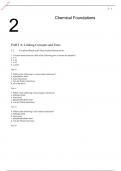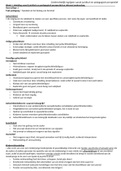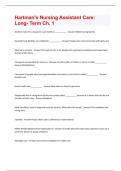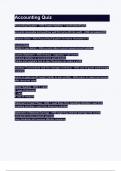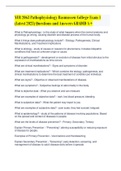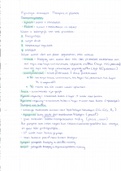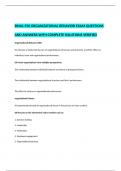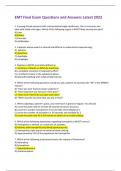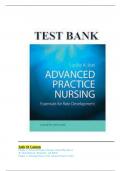Exam (elaborations)
Test Bank for Cell Biology and Physiology with Complete Questions and Answers; Graded A+
- Course
- BSCI330 (BSCI330)
Test Bank for Cell Biology and Physiology with Complete Questions and Answers; Graded A+ Covalent Bonds and Noncovalent Interactions 1. Covalent bonds between which of the following pairs of atoms are nonpolar? a. C–C b. C–H c. O–H d. a and b Ans: d 2. Which of the following is a no...
[Show more]
